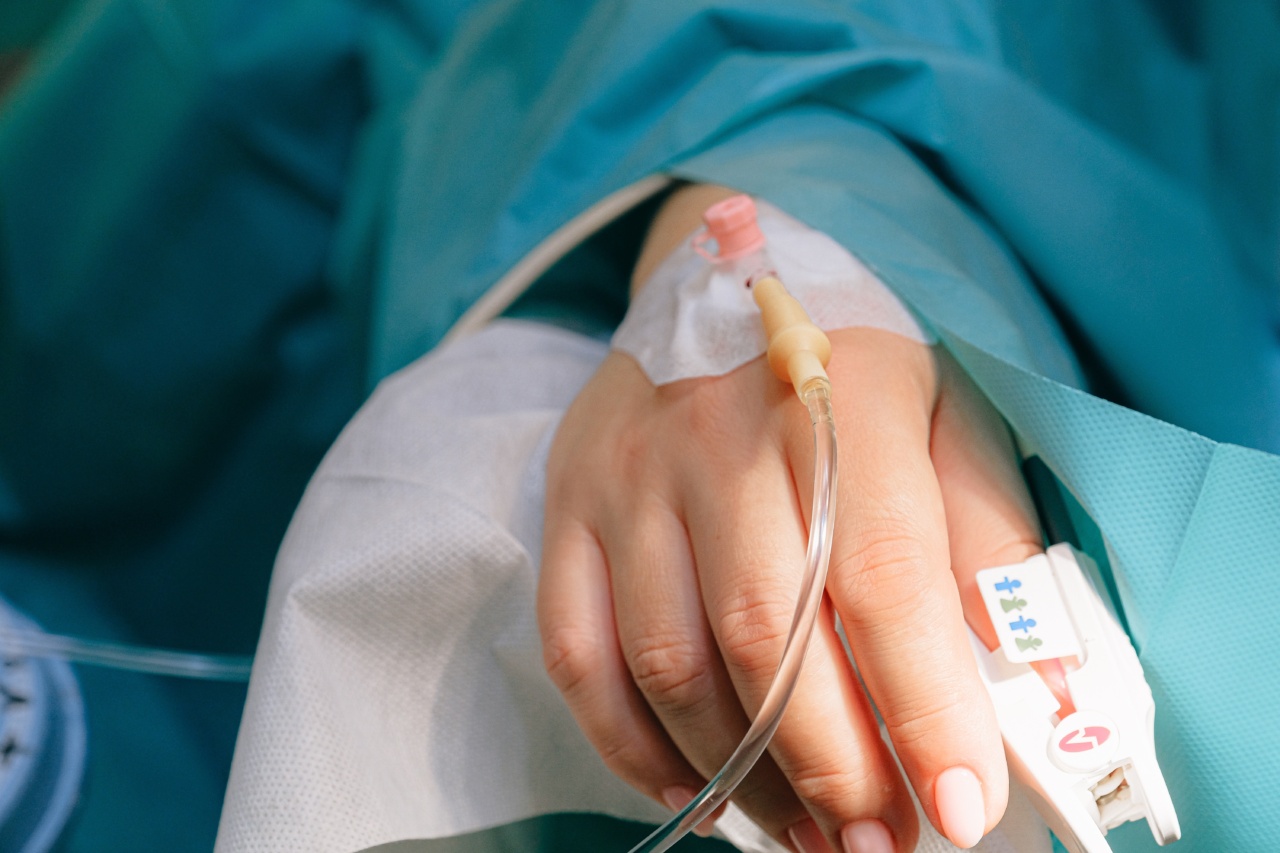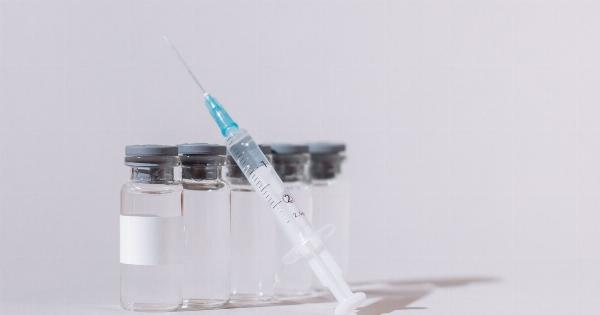As the world continues to grapple with the ongoing global pandemic caused by the Kronovirus, scientists and medical professionals are tirelessly exploring various avenues for potential treatments.
One such avenue that has shown promising results is the use of recovered patient’s plasma as a potential cure for the Kronovirus. This groundbreaking approach leverages the power of antibodies present in the plasma of individuals who have successfully recovered from the infection.
In this article, we delve into the science behind this method and discuss its potential implications in the battle against the Kronovirus.
Understanding Plasma Therapy
Plasma therapy, also known as convalescent plasma therapy, involves using the blood plasma obtained from individuals who have fully recovered from a specific disease.
The plasma, which is the liquid component of blood, contains antibodies that are produced by the immune system in response to an infection. These antibodies serve as the body’s defense mechanism by identifying and neutralizing foreign substances, such as viruses.
When a person is infected with a virus, their immune system starts producing specific antibodies designed to combat that particular pathogen. Over time, the concentration of these antibodies in the plasma increases, aiding in the recovery process.
By administering this antibody-rich plasma to individuals currently fighting the same infection, it is believed that the viral load can be reduced, and the immune response strengthened.
Applications in Kronovirus Treatment
The application of plasma therapy in the treatment of the Kronovirus holds great promise.
By utilizing plasma from individuals who have successfully fought off the infection, it is possible to tap into the vast reservoir of antibodies specifically designed to combat this particular virus. These antibodies, when introduced into a patient’s system, can help bolster their immune response and potentially assist in the eradication of the Kronovirus.
Plasma therapy has been successfully employed in the past for treating diseases such as Ebola, SARS, and H1N1 influenza.
Researchers have observed that the administration of convalescent plasma has led to a decrease in the severity of symptoms and an overall improvement in patient outcomes.
The Science Behind Plasma Therapy
The key to the success of plasma therapy lies in the presence of neutralizing antibodies in the plasma of recovered patients. These antibodies target specific antigens on the surface of the virus and effectively neutralize their activities.
In the case of the Kronovirus, it is crucial to identify the specific antibodies that can successfully neutralize the virus.
Scientists have used various techniques to isolate, purify, and identify these potent antibodies.
One such method involves the use of high-throughput screening, which allows for the rapid evaluation of large libraries of antibodies to identify those that effectively bind and neutralize the Kronovirus. Once these neutralizing antibodies are identified, they can be produced in large quantities for use in plasma therapy.
Benefits of Plasma Therapy
Plasma therapy offers several significant benefits in the fight against the Kronovirus.
Firstly, as it relies on the use of antibodies from individuals who have successfully fought off the infection, it does not require the extensive development and testing associated with newly synthesized drugs. This significantly reduces the time and resources required to implement the therapy.
Secondly, plasma therapy has the potential to provide immediate relief to critically ill patients.
With the availability of antibody-rich plasma, it is possible to quickly administer the treatment and observe its effects, potentially preventing further complications and decreasing the mortality rate associated with the Kronovirus.
Challenges and Limitations
While plasma therapy shows immense potential, there are also several challenges and limitations that need to be addressed. One such challenge is related to the availability of plasma from recovered patients.
As the Kronovirus continues to spread globally, the number of recovered individuals may not be sufficient to meet the increasing demand for plasma therapy.
Additionally, there is a need for thorough testing and standardization of plasma donors to ensure that the plasma collected is safe and effective.
Screening potential donors for diseases and evaluating the quality of the plasma is essential to avoid any potential risks or adverse effects on the recipients.
Ongoing Research and Clinical Trials
Given the potential of plasma therapy as a treatment option for the Kronovirus, numerous research studies and clinical trials are currently underway.
These studies aim to gather more data on the safety and efficacy of plasma therapy and define the optimal patient population that can benefit from this treatment.
Many countries have established plasma banks to collect and process plasma from recovered Kronovirus patients. These banks serve as critical resources in providing the necessary plasma for research and potential therapeutic use.
Researchers are actively collaborating to exchange information and findings to accelerate progress in this field.
Conclusion
Recovered patient’s plasma has emerged as a potential cure for the Kronovirus, holding great promise in combating this global pandemic.
Plasma therapy provides a unique approach by utilizing the antibodies present in the plasma of recovered individuals to strengthen the immune response of infected patients. The science behind this therapy is promising, and ongoing research and trials aim to establish the safety and efficacy of this treatment.
However, it is vital to address the challenges and limitations associated with plasma therapy, including the availability of plasma donors and the need for rigorous testing and standardization.
Despite these challenges, the potential benefits of plasma therapy in treating the Kronovirus cannot be ignored.































